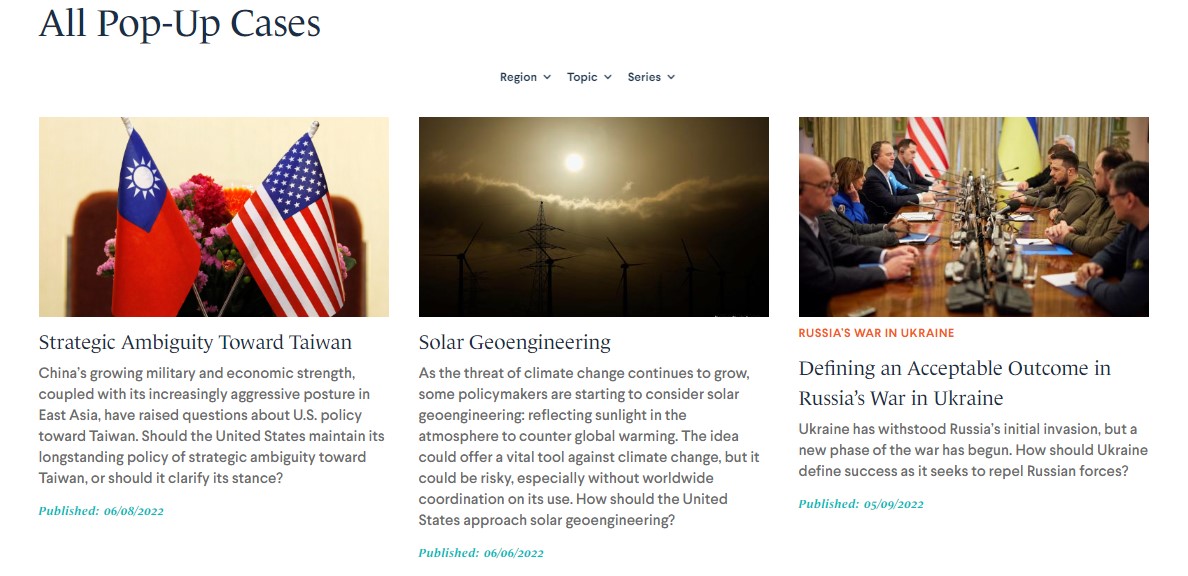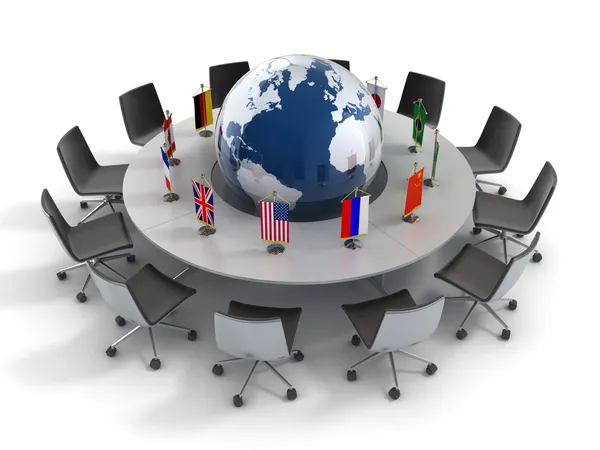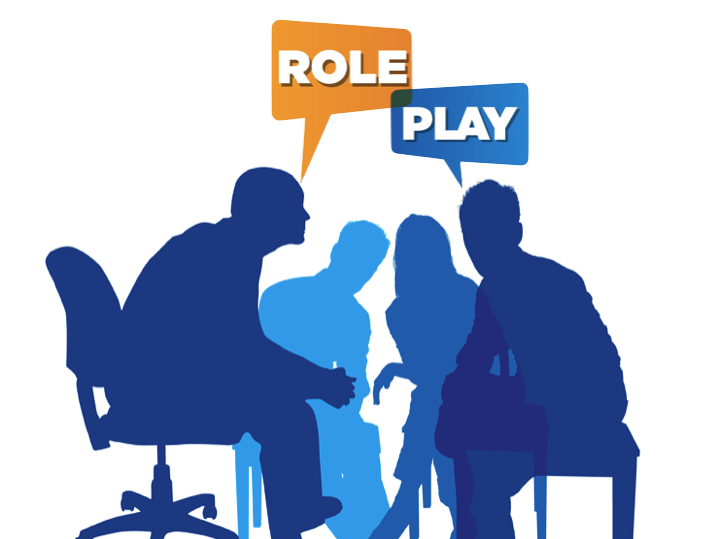Model Diplomacy, developed by the Council on Foreign Relations (CFR), provides an opportunity to gain a deeper understanding of the complexities of US foreign policy in a global setting. Through engaging in role-playing simulations, users can develop their critical thinking, communication, and problem-solving skills, while gaining an insight into the policymaking process. The program is open to anyone with an interest in international diplomacy and foreign policy and is completely free to use.
Model Diplomacy is an interactive learning platform designed to help students develop the skills necessary for success in the global community. It features a variety of activities and simulations that allow users to engage in real-world diplomatic scenarios. This comprehensive program covers a broad range of international relations topics, including security, economics, culture, and politics, as well as more specific areas such as terrorism, trade, and energy. Additionally, Model Diplomacy touches on current issues such as climate change and the refugee crisis.

Model Diplomacy offers a wealth of resources, including a simulation and case study library, teaching materials, discussion forums, and more. The program's website provides up-to-date information on upcoming events and activities. Additionally, the Model Diplomacy online community offers a discussion forum for users to ask questions, share ideas, and engage in meaningful conversations about international diplomacy and foreign policy. The Model Diplomacy blog brings international diplomacy and foreign policy news, analysis, and insights from experts in the field and program participants.
Model Diplomacy provides convenient access to the program's social media accounts, including Twitter, Facebook, and YouTube, where program updates and news are regularly shared. Additionally, the program provides teachers with teaching materials and activities to help students gain a deeper understanding of international relations. Finally, the program can be used by the general public to expand their knowledge of international affairs and stay engaged with current events
Model Diplomacy is an interactive learning platform designed to help students develop the skills necessary for success in the global community. It features a variety of activities and simulations that allow users to engage in real-world diplomatic scenarios. This comprehensive program covers a broad range of international relations topics, including security, economics, culture, and politics, as well as more specific areas such as terrorism, trade, and energy. Additionally, Model Diplomacy touches on current issues such as climate change and the refugee crisis.

Model Diplomacy offers a wealth of resources, including a simulation and case study library, teaching materials, discussion forums, and more. The program's website provides up-to-date information on upcoming events and activities. Additionally, the Model Diplomacy online community offers a discussion forum for users to ask questions, share ideas, and engage in meaningful conversations about international diplomacy and foreign policy. The Model Diplomacy blog brings international diplomacy and foreign policy news, analysis, and insights from experts in the field and program participants.
Model Diplomacy provides convenient access to the program's social media accounts, including Twitter, Facebook, and YouTube, where program updates and news are regularly shared. Additionally, the program provides teachers with teaching materials and activities to help students gain a deeper understanding of international relations. Finally, the program can be used by the general public to expand their knowledge of international affairs and stay engaged with current events
The Council on Foreign Relations (CFR) is a non-profit organisation in the United States that provides analysis and advice on foreign policy and international affairs. The CFR, which was founded in 1921, is made up of leading business executives, academics, government officials, and prominent members of the media. The CFR's mission is to inform and shape public opinion, promote constructive debate, and provide a nonpartisan platform for dialogue and collaboration among global leaders. The CFR's membership includes some of the world's most powerful figures in international affairs, economics, and business.
The CFR, through its publications, events, and programmes, provides a unique platform for policymakers, business leaders, academics, and other thought leaders to exchange ideas and develop solutions to the world's most pressing challenges.

The CFR, through its publications, events, and programmes, provides a unique platform for policymakers, business leaders, academics, and other thought leaders to exchange ideas and develop solutions to the world's most pressing challenges.

Model Diplomacy is a program designed to equip students with essential skills such as critical thinking, creative problem-solving, communication and collaboration. Through the program, students will be exposed to various diplomatic scenarios, and learn how to develop strategies to resolve them. Additionally, they will gain knowledge about the roles of a diplomat, such as how to negotiate, communicate effectively, and manage and respond to crises. Furthermore, students will gain an understanding of how cultural differences, political ideologies, and economic interests can affect diplomatic relations. In addition, they will be taught the importance of international organizations and international law in resolving disputes, as well as the roles of media and public diplomacy in international relations. Ultimately, Model Diplomacy offers students a comprehensive and interactive learning experience which will equip them with a thorough understanding of diplomacy and international relations.
The program includes teacher resources to help guide you through every step of the process. If you have any questions, you can reach out to the program's team for assistance.
To access the library of simulations, visit the Model Diplomacy website.
To access the library of simulations, visit the Model Diplomacy website.
Pop-Up Cases are a feature of the Model Diplomacy platform that provides users with a quick and easy way to access and use simulations. These cases are designed to be used in a classroom setting and are based on current events or emerging issues in international relations. They are intended to be used as a supplement to the main simulations available on the platform and provide a more focused and timely learning experience.

Pop-Up Cases are typically shorter and less complex than the main simulations, and they are designed to be completed in one class period. They are also accompanied by a set of background materials, including policy briefs, that provide context and information on the issue being addressed.
Pop-Up Cases are a valuable resource for educators looking to bring current events into the classroom and provide students with a more realistic and engaging learning experience.

Pop-Up Cases are typically shorter and less complex than the main simulations, and they are designed to be completed in one class period. They are also accompanied by a set of background materials, including policy briefs, that provide context and information on the issue being addressed.
Pop-Up Cases are a valuable resource for educators looking to bring current events into the classroom and provide students with a more realistic and engaging learning experience.
The simulation programs of Model Diplomacy can be completed in a day or over a period of several weeks. The program includes a simulation library that covers various international scenarios, some hypothetical and some historical, from the perspective of the U.S. National Security Council and the United Nations Security Council. The program is broken down into four sections:
 Section One: NSC and UNSC Guide
Section One: NSC and UNSC Guide
This section covers either the National Security Council (NSC) or the United Nations Security Council (UNSC), depending on the organization that the class wants to simulate. Materials provided in this section include an overview video, links to helpful resources, background text, optional short answers, a quiz, and more. These multimedia tools will familiarize students with the council and deepen their knowledge of how foreign policy is made.
Section Two: Case Notes
This section covers the simulation-specific case study and
introduces the decision point, which is the question that students will work together to address during the role-play. Support materials in this section include an overview video featuring foreign policy experts, write-ups explaining the background of the scenario, and other multimedia tools to help students prepare to debate a range of policy options.
decision point, which is the question that students will work together to address during the role-play. Support materials in this section include an overview video featuring foreign policy experts, write-ups explaining the background of the scenario, and other multimedia tools to help students prepare to debate a range of policy options.

Section Three: Role Play
This section is the heart of model diplomacy, where students will put into practice everything they have learned from sections one and two by role-playing NSC or UNSC members. In preparation, students can draft a position memo for their role, explaining their position and making sure they are ready for the discussion. Then, in the group role-play, they will debate the different policy options from the case study and work together toward a policy decision in response to the scenario.
Section Four: Wrap-Up
After the role-play, students will have an opportunity to reflect on the simulation through in-class discussion and by writing a policy review memo. This will help students make connections between role-play and real-life scenarios.
reflect on the simulation through in-class discussion and by writing a policy review memo. This will help students make connections between role-play and real-life scenarios.
 Section One: NSC and UNSC Guide
Section One: NSC and UNSC Guide This section covers either the National Security Council (NSC) or the United Nations Security Council (UNSC), depending on the organization that the class wants to simulate. Materials provided in this section include an overview video, links to helpful resources, background text, optional short answers, a quiz, and more. These multimedia tools will familiarize students with the council and deepen their knowledge of how foreign policy is made.
Section Two: Case Notes
This section covers the simulation-specific case study and
introduces the
 decision point, which is the question that students will work together to address during the role-play. Support materials in this section include an overview video featuring foreign policy experts, write-ups explaining the background of the scenario, and other multimedia tools to help students prepare to debate a range of policy options.
decision point, which is the question that students will work together to address during the role-play. Support materials in this section include an overview video featuring foreign policy experts, write-ups explaining the background of the scenario, and other multimedia tools to help students prepare to debate a range of policy options.
Section Three: Role Play
This section is the heart of model diplomacy, where students will put into practice everything they have learned from sections one and two by role-playing NSC or UNSC members. In preparation, students can draft a position memo for their role, explaining their position and making sure they are ready for the discussion. Then, in the group role-play, they will debate the different policy options from the case study and work together toward a policy decision in response to the scenario.
Section Four: Wrap-Up
After the role-play, students will have an opportunity to
 reflect on the simulation through in-class discussion and by writing a policy review memo. This will help students make connections between role-play and real-life scenarios.
reflect on the simulation through in-class discussion and by writing a policy review memo. This will help students make connections between role-play and real-life scenarios.
